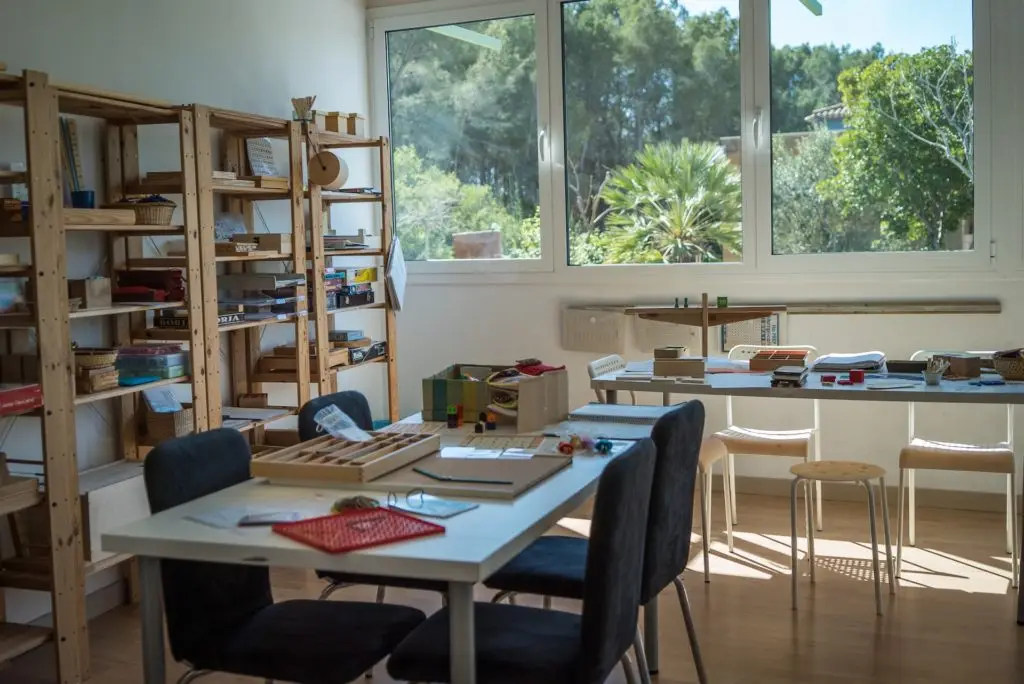
Schools in Spain
This page tells you about the different types of schooling available in Spain and their enrolment processes
On this Page
Schools in Spain: Overview
In theory, compulsory schooling starts at age 6 in Spain. However, in practice, most Spanish people send their children to school from age 3.
Note that unlike the UK, the cut off date for deciding which cohort your child will enter is 31st December, not 31st August. So, for example, all children born in 2024 will be in the same cohort, whereas in the UK, for example, all those born from Sept 1st 2023-August 31st 2024 would be in the same cohort, whereas all those born from 1st Sept 2024-31st August 2025 would be in the next cohort.
Schools in Spain: Different Types
The following types of schools are available in Spain:
Public schools (state funded): These generally go from age 3 and cover pre-primary, primary and secondary education, up to age 18.
Escuelas Concertadas: These are subsidised by the state and generally follow the same curricula and age groups. However, they also charge a monthly fee that is small compared to private schools (maybe up to €200 per month). They are run by religious orders but usually do not require families to be religious and religion is not usually prominent in the schools.
Escuelas Libres: This means ‘free school’ and describes a school set up by a group of interested individuals (often parents), usually as a cooperative. They are usually non-profit organisations and their fees are considerably less than international schools. They may or may not be ‘homologada’. If they are, they can teach the cohorts that take public exams in Spain (ESO at aged 16 and Bachillerato at aged 18). Each Escuela Libre may have its own atmosphere and set of policies, depending on who has set it up.
Escuelas Privadas: Spanish private schools (often catholic) charge fees and follow the Spanish national curriculum, but usually have smaller class sizes, better facilities, and more electives on offer.
International Schools: International schools offer the national curricula of other countries, and undertake classes in the language of that country. In Spain, there are a lot of British international schools, and quite a few American, French and German schools. International schools may offer their services to all age groups from aged 3 to 18. Fees are usually significant, perhaps €1000 per month or more.
Schools in Spain: Regions & Languages
It’s important to understand that if you opt for public schools or escuelas concertadas, the schooling may not take place in Spanish, but rather in the regional language, depending where you are. Regions which use their regional language in schools are as follows:
Balearic Islands: Most public funded schooling in Mallorca, Menorca and Ibiza takes place in Catalan. Most parents find that their children end up speaking fluent Spanish and Catalan, however, since the language of the playground tends to be Spanish. Note that the versions of Catalan spoken in each of the islands has its own name and is essentially a dialect, with some different vocabulary and, occasionally, grammar, compared to mainland Catalan.
The Basque Country (Euskadi): In theory, schools can use Euskera (Basque language) as the language of instruction, with Spanish language & literature taught in Spanish, or the reverse, or a mix of the two. In practice, the majority of public funded schooling is offered in Euskera.
Catalonia: All public schools, escuelas concertadas and non-international private schools (eg escuelas libres, called escolas lliures in Catalonia) teach predominantly in Catalan. Some subjects may be taught in English or Spanish. International schools and some free schools will offer teaching in English or other languages (except Spanish). For political reasons, there are no schools in Catalonia, private or otherwise, that offer schooling predominantly in Spanish. This said, most parents who send their children to Catalan language schools find that their children end up speaking both Spanish and Catalan fluently, in part because Spanish tends to be the language of the playground, and in part because the languages are similar.
Galicia: Public funded schooling takes place 50% in Galician (somewhere between Spanish and Portuguese) and 50% in Spanish, or 33% each for Galician, Spanish & English, depending on the school.
Valencia (region & city): The law surrounding the use of Valenciano (essentially a dialect of Catalan, though diehard Valencians may not agree) has changed a few times over the years. From the 2025/6 academic year, the situation will be as follows: Infant/Kindergarten: 10% in Valenciano, 10% English, 80% Spanish. Primary: Reading & writing in Spanish as the core language. From the 3rd year of primary and throughout secondary, parents can choose between Spanish and Valenciano as the language of instruction. This may vary according to the county and the number of speakers of each language on the electoral roll.
Conclusion:
As noted above, even where Spanish isn’t the language of instruction, children will usually end up learning it because it is generally the lingua franca of the playground. It’s also worth noting that Catalan, Valenciano and Galician are latin languages, and learning them will help your children to learn Italian and Portuguese (often, whenever a word in those languages isn’t similar to Spanish, it’s similar to Catalan and/or Portuguese).
Schools in Spain: Enrolment
Publicly funded schools
For public schools and concertadas, you must follow the state enrolment process, which is usually administered by your local town hall. Children are allocated schools based on your registered address, and other factors, such as whether they already have a sibling at the school. The pre-enrolment period is usually around March for entry the following September. Pre-enrolment is where you fill out your details, submit documents, and state your preferred school. Matricula is when you go to your assigned school to confirm your place and sign up. This usually takes place around June. Somewhere before June, there’s usually an opportunity to dispute the school allocation if you wish.
Private Schools
Most private schools have rolling enrolment and will take your child during the school year if there is a place. If there is no place, they will usually ask existing pupils to confirm for the following year by March or April, so should know by then if a place might become available.
Documents and process
Many town halls now have an online process which you can use if you have a certificado digital. If not, ask at the town hall which office you need to go to.
The documents you will generally need are as follows:
- EU Passport and/or ID card of the child and a parent or guardian (if not, then non-EU passport and TIE)
- Copy of EU birth certificate or an officially translated non EU birth certificate
- Certificado de empadronamiento
- Vaccine record. Note: having only some or none of the recommended injections is not currently a bar to entering a school in Spain, but it does usually have to be recorded. Be aware that in Spain, ‘up to date vaccine record’ does not equal ‘up to date on all recommended vaccines’, although some school administrators may not understand this difference.
Home Education
There has been an increase in people educating at home since the lockdown policies were enforced in Spain in 2020. Unlike the USA, Portugal, the UK and other countries, however, there is currently no legal provision for home education in Spain. If you need a visa to come to Spain, you will need to enrol your children in a physical school on Spanish territory.
Anecdotal evidence suggests that, as in other countries, visits from social services may be triggered by withdrawal from a public school or, in some cases, by reports from concerned neighbours. The purpose and outcome of such visits can vary widely, depending on the region you are in, the social worker, and their judgements on your family. If it is concluded that your child is suffering neglect, you may be ordered to enrol in school by a certain date. This said, thousands of people are currently home educating in Spain, and at the time of writing, the cases of back to school orders are few and far between.
More articles that may be of interest:

The dreaded okupas/ squatters in Spain: The end in sight?
The end for Squatters in Spain? Nov-24 A new amendment to the law regarding squatters
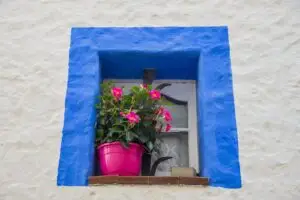
Residency in Spain for EU citizens: our easy to follow guide
Residency in Spain for EU Citizens If you are an EU or EFTA citizen, you
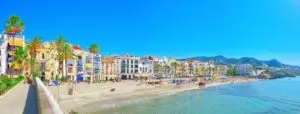
Move to Spain -practical information to help make your move to beautiful Spain easy
Move to Spain If you’re thinking about a move to Spain, there’s quite a lot
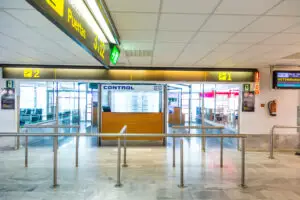
Visit Spain – all the information you need for an easy stay in this beautiful country
Visit Spain Use this page to guide you to the information you need On this
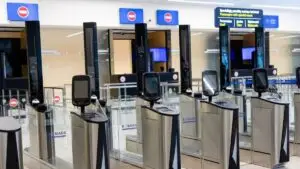
EES Spain: Our easy to follow guide
EES Spain If you are wondering what the EES system is and how it will
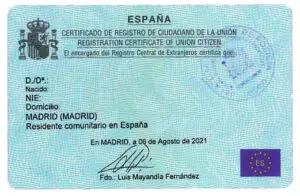
How to get the green NIE (Certificado de Registro) An easy to follow guide
Get your ‘Green NIE’ (Certificado de Registro) The Certificado de Registro de Ciudadano de la
Share this page
